The Specter of a Sword
Fears of forced conversions to Islam in Borneo
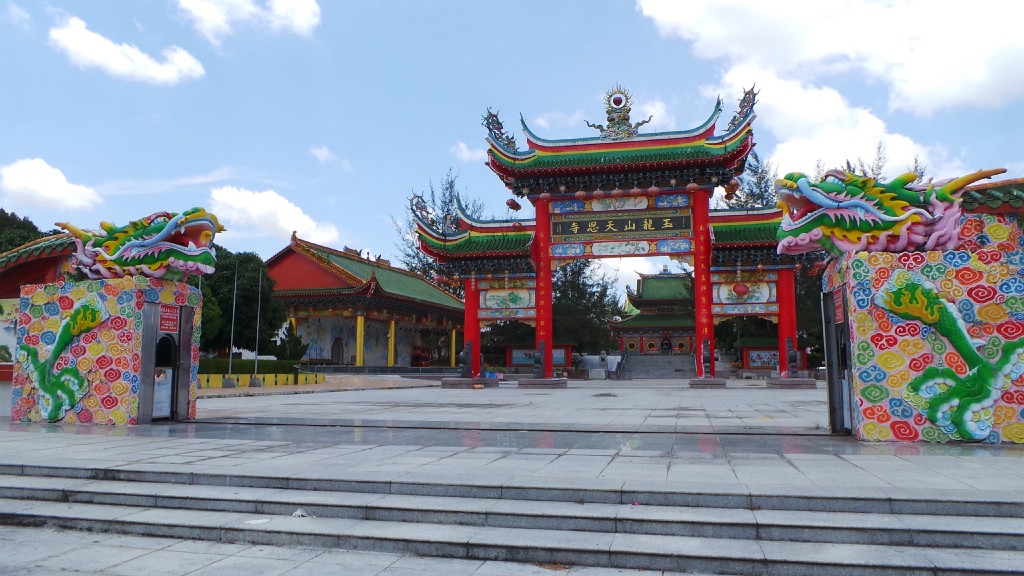
This past summer, outside a bar in Kuching, the capital of Sarawak, a region on the island of Borneo, a couple of Dayak (indigenous Borneans) dudes sat quaffing Tiger beers and talking about forest spirits. Beginning a few centuries ago, many Dayak tribes converted to Christianity, and a few to Islam. But syncretism runs deep in Sarawak, a land built by centuries of largely harmonious trade and immigration of peoples and faiths from China to Philippines to India to Indonesia. The region is officially part of Malaysia, but ruled by a mostly autonomous local government, which manages its unique diversity by outwardly reveling in it, building up a national self-image and ethos of multi-faith, multi-cultural tolerance and cooperation. The young men spoke of fathers or uncles, who while professing Christianity, believed that when they returned to the jungle they could still see the eyes of far older spirits in the trees.
Malaysia, despite a long history of Malay Muslim rule on the Malay Peninsula, is only about sixty percent Muslim thanks to the presence of large Chinese- and Indian-origin communities practicing their own and indigenous peoples practicing traditional faiths. The nation outwardly professes religious freedom in recognition of its own holistic diversity. But it still grants many special privileges and protections to Islam, the majority or plurality faith in most of its thirteen states and three federal territories, and official religion of the nation. The sitting government seems to favor increasingly aggressive politics, protecting and favoring Islam above other faiths.
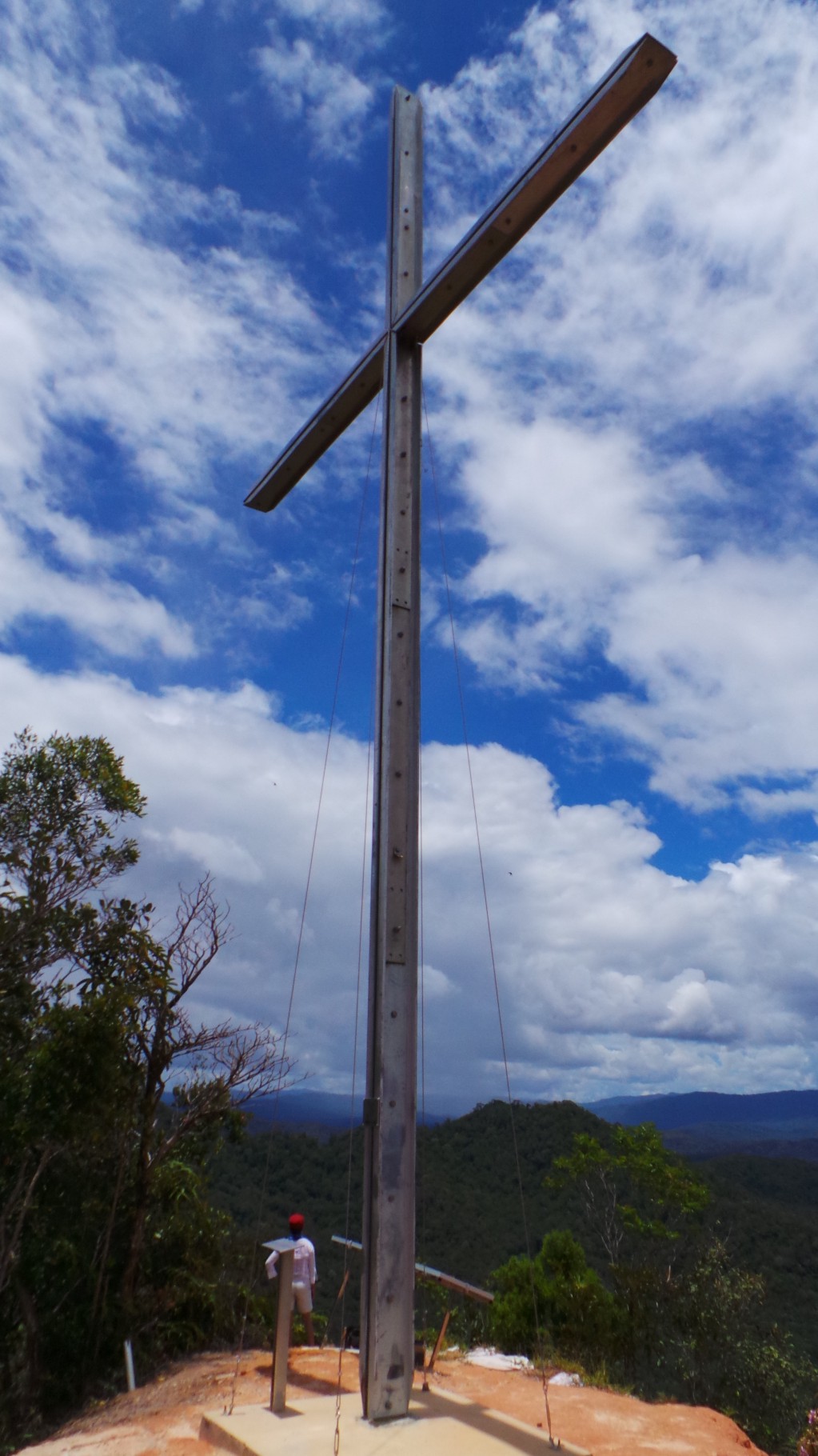
But Sarawak, the only Malaysian state with a Christian plurality, runs counter to this national Islamic focus with its identity built firmly around diversity. Candid conversations about faith, its idiosyncrasies, and its cross-cultural harmonies may be fraught in the wider country, but there they are not all that uncommon. Yet there is a growing fear that the rest of Malaysia wants to change that — to remake Sarawak in its image, building a cultural monolith.
“There is a sense that [some] ethnic groups are under pressure to become Muslims and join the rest of Malaysia,” explained James Chin, who studies Malaysian politics and the interplay between national political forces and Sarawak at the University of Tasmania. There’s a feeling that “their aggressive Muslim brothers and sisters are coming in from the [Malay] peninsula to potentially upset the balance” of Sarawakian diversity.
In some ways, this fear is unique — an offshoot of the historically separate state’s five decades of inclusion in a nation long (and increasingly) at odds with its culture and faith. But in a grander sense it’s a globally resonant fear. Throughout history, many (in the West at least) have learned the narrative that religions spread through violent assaults and official coercion from outsiders. This story is especially entrenched around Islam (“spread by the sword” in our mythos). A common populist fear in many non-Muslim nations today — especially in Europe and America — is that a wave of Muslim immigrants will overwhelm them and somehow (almost magically) transform the countries they touch into Islamic states.
Sarawak’s fears of religio-cultural siege are not unfounded, as there are clear signs that Islamic groups are aggressively promoting their faith in the state with little restraint from the local or federal government. To any paranoid parties looking in from the outside, this may seem to drive home the legitimacy of widespread fears of spiritual assault. But there’s something soothing in the example of Sarawak as well: it’s a case study in how poorly this sort of aggressive conversion works — of how bogus, for the most part, the threat of Islamization is.
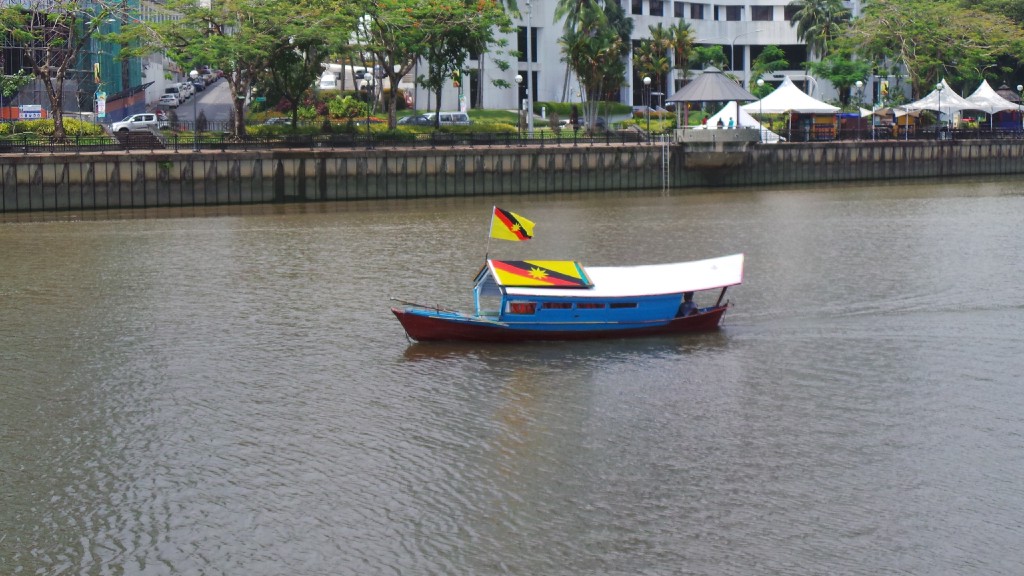
According to Chin, widespread fears about religious aggression spread in Sarawak within the past few years. That may seem odd, as Malaysia has always had some weird attitudes about identity and Islam: Article 160 of its constitution, created in 1957 for the independent Federation of Malaya (and only slightly adapted in 1963 when Sarawak, Sabah, and — briefly — Singapore joined Malaya to form Malaysia) dictates that all ethnic Malays are Muslims. In most of the country, it is illegal for non-Muslim practitioners to proselytize to Muslims (but proselytizing the other way around is just fine), conversion to Islam is necessary when a non-Muslim marries a Muslim, and conversion away from Islam is impossible in all but a few cases. The past decade has seen an uptick in the power of religious courts, which have jurisdiction in many states over family law and can prosecute Muslims for improper religious observance. The ruling government has also gradually recast itself as expressly favoring Islam, taking on the role of protector and promoter of that religion only.
Sarawak’s autonomy and longstanding neutrality on religion has shielded it from wider issues. Chin said Sarawak clearly breaks from national Muslim- and Malay-first policies, and local Islamic authorities collaborate with their non-Muslim counterparts, exercising sensitivity to things like age and consent in registering conversions. Last year the state’s courts set a major (but limited) precedent by allowing a man converted to Islam at eight years old (because his parents converted, which under local law made their children converts too) to revert back to Christianity — although only because he could prove he’d never actually practiced Islam.
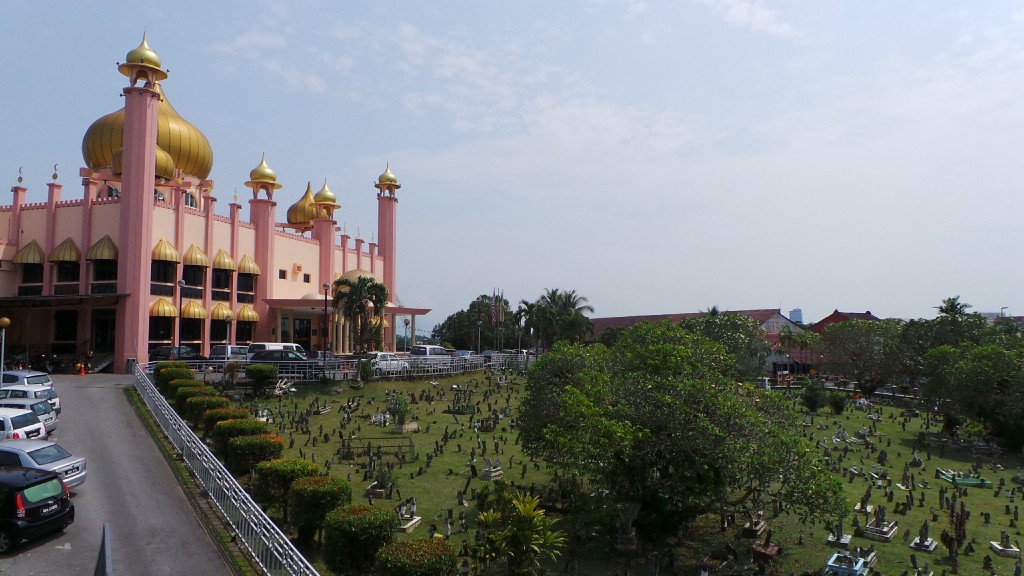
Recently though, reports have cropped up of Islamic groups from outside the state proselytizing heavily, especially in poor rural areas where some Sarawakian politicians claim they’ve been coercing locals into mass conversions with the promise of material benefits or even just cash.
“They’ve been told that if they convert to Islam they can get more benefits under Malaysian affirmative action,” said Chin.
More galling to many are stories of young students being targeted for conversion by Muslim teachers from the peninsula. Local gossip and some publications paint this as part of an express plan by mainlanders to flood Sarawakian schools with Islamic influence, bringing children up saying Muslim prayers and learning Muslim values, history, and an Islamic national message. (Some groups also allegedly explicitly target Sarawakians studying outside the state for conversion, then send them home to influence their peers towards Islam themselves.)
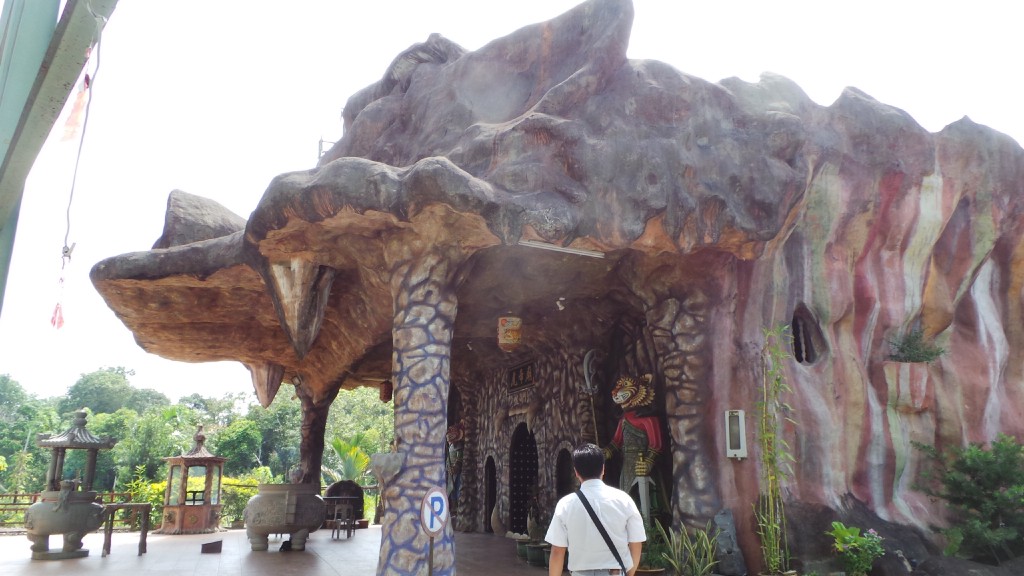
Given the state’s involvement in many of the schools in question, and the perceived inaction of federal and local officials (alongside perceived slights against non-Muslims and signs of Islamic values on state websites or in their buildings, like not allowing women in short skirts into federal facilities for being immodest in the eyes of Islam’s faithful), Sarawakians and their allies gossip about state government’s complicity in this trend. “Conversions are taking place in schools but [the government] are denying it,” Rita Chew of the Archdiocese of Kota Kinabalu in the Sabah, another autonomous piece of Borneo, which has long had a Muslim plurality, but also a strong tradition of religious diversity, and has reportedly faced similar pressures on its large non-Muslim populations to those in Sarawak, told a regional Catholic newspaper last February. “Christian parents are discovering their children are learning Islamic prayers.”
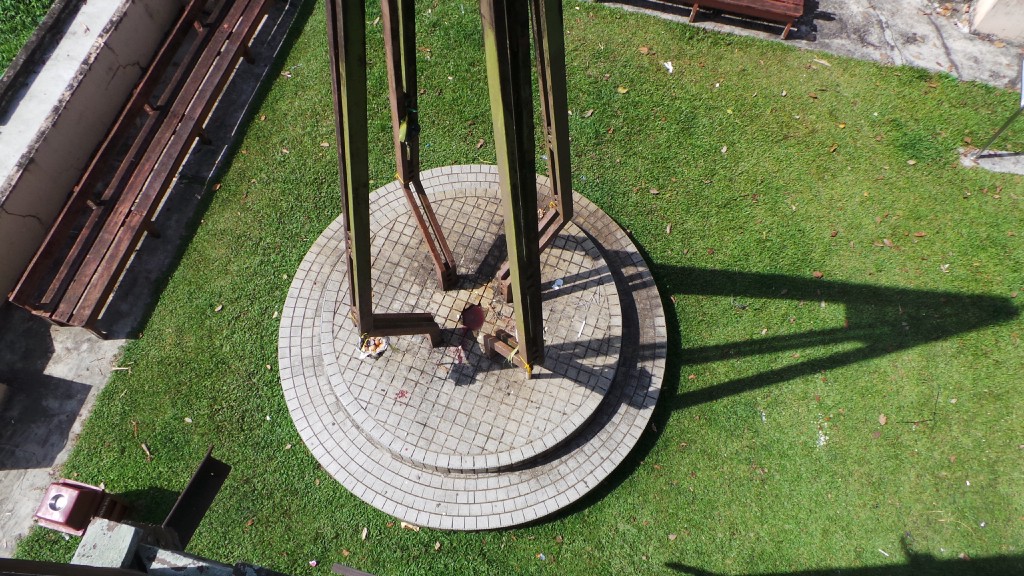
“As far as I know, there is no official policy” to send over Muslim teachers, said Chin. He notes there have been documented cases of attempted conversions where Sarawakian officials just send the teacher to another school rather than remove them from the system. But Chin voiced his suspect that mainland Islamic organizations have encouraged Muslims with a proselytizing bent to volunteer for Sarawakian posts, which are not popular given their often remote locations — Sarawak is the largest but least densely populated state in Malaysia and viewed as underdeveloped by those almost 400 miles away on the Malaya peninsula. Chin postulated that relevant officials have gone along with this for need of teachers. He also suspected that local Islamic and political organizations have tacitly allowed proselytizing groups to operate in the state, intervening only reactively whenever something egregious happens, out of a desire not to spark conflict with federal authorities who may be supporting the spread of these groups.
“The non-Muslim political leaders in Sarawak are quite worried,” said Chin, “but they feel like they can’t confront [national political forces]. So it’s mainly the churches fighting.”

These recent incursions have led to rallies attempting to re-up the sense of religious diversity (or even expressly the Christian plurality) of Sarawak, as well as to political tensions between locals and the mainland. Baru Bian, an opposition politician and Sarawakian rights campaigner, has been especially relentless in calling out the federal state for its complicity, even by inaction, in the spurt of Islamization. “We fear that racial and religions tensions will continue to escalate,” he said in a 2015 statement, “if [Prime Minister Najib Razak] cannot find the testicular fortitude to lead the country out of this festering mess that is a consequence of” his ruling party’s identity politics.
Yet for all the consternation caused by the perceived flood of religious pressure suddenly set loose on Sarawak, and for all the locally high-profile bids at conversion, it’s relatively hard to find cases in which that pressure has succeeded. Chin suspected that some attempts at converting kids at formative ages — like preteens and early teens — may have been successful, but likely would not be recognized by local Islamic institutions. Nor have material inducements convinced all that many rural folk to convert.
Instead, the bulk of conversions in Sarawak are due to marriage. This is not uncomplicated, as often law forces that conversion, and there are many cases in which locals marry soldiers who move them back to the peninsula and then limit their engagement with their old families or faiths. But that’s a decidedly more organic and haphazard process than mass Islamization efforts.

Despite pop histories of conversion at the sword or by the state, this pattern is more in keeping with rigorous historical analyses of trends in conversion. It’s rarely some big push by outsiders or insurgents — those efforts often lead, at their most violent and extreme, to phenomena like Crypto-Judaism or explicit dual faith observance, if that. Instead, slow influence through interpersonal contact or individual action to obtain superior social status drives conversions. Even then, the result is rarely pure (as Malay Muslim proselytizers might want it to be), but a tweaked form of faith fitting local traditions that takes decades to solidify.
None of this means that the Islamizing wave that’s hitting Sarawak isn’t problematic or wearisome. It causes discomfort to many and underlines an increasingly strained relationship with the wider nation. And Chin noted that if the federal ruling party ever takes power over the local Sarawakian state apparatus — which is unlikely given its policies and local realities — then “all bets are off.” They could easily institute a slew of pressures and policies that would make membership in non-Muslim faiths painful and increase the appeal of outwardly orthodox Malay-style Islam to the point of rewriting social incentives and driving a wave of grudging conversion, although even this would likely unfold over generations and with resentment bordering on revolt.
The resiliency of Sarawakian social norms and faith groups against this rising tide of perceived (and at least partially real) Islamic incursion ought to be heartening for many around the world, though. It’s proof of how sturdy a faith — or even a complex, multi-faith order — can be, so long as it’s not failing its adherents. It’s a case study in how little cultures and churches have to fear from outsiders; it’s a message not to worry too much, even about aggressive acolytes from abroad flooding a society. Because without critical failure within a system, or dictatorial ramrodding policies from a state power undermining the system, such incursions may be uncomfortable but they rarely signify any real potency or threat.
